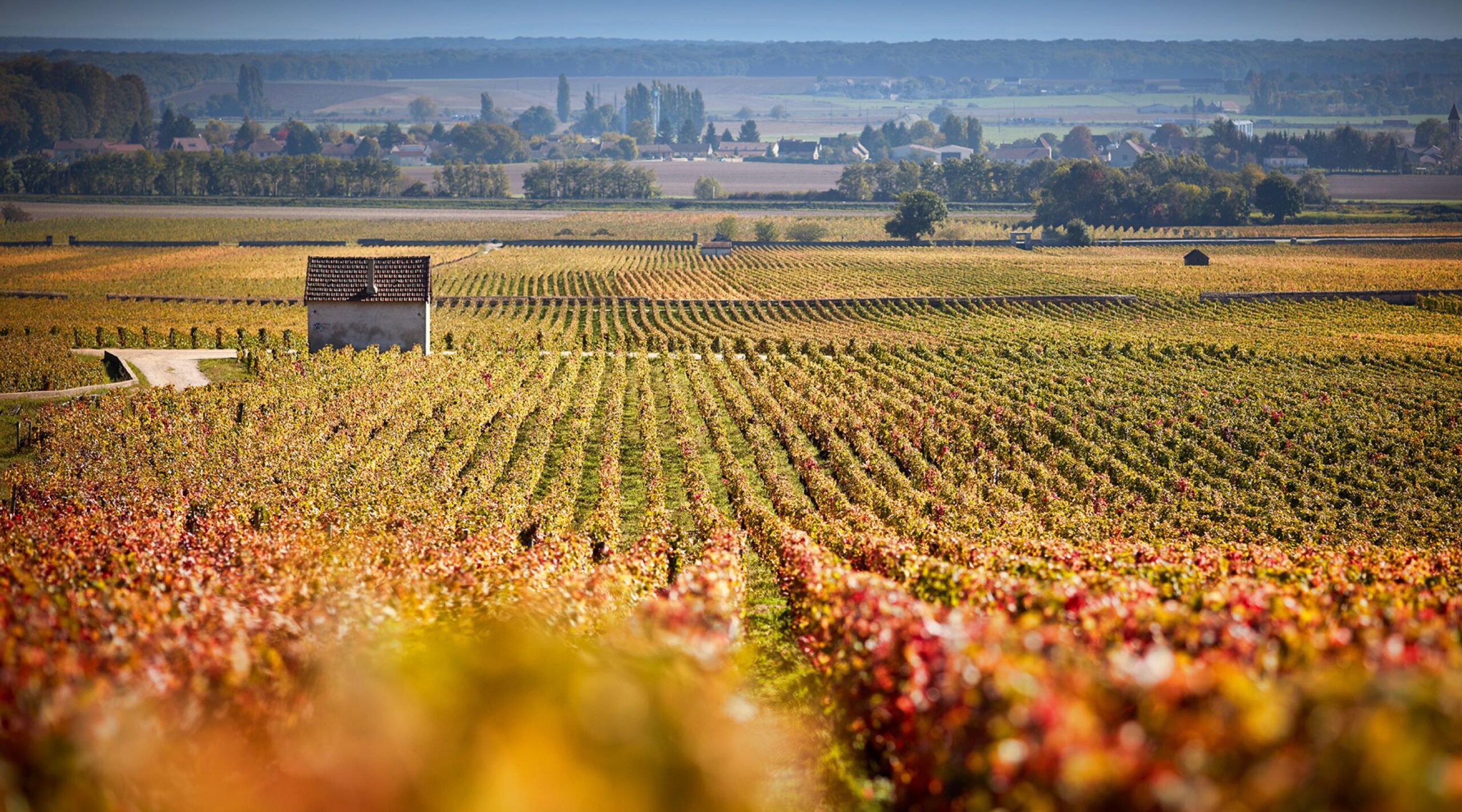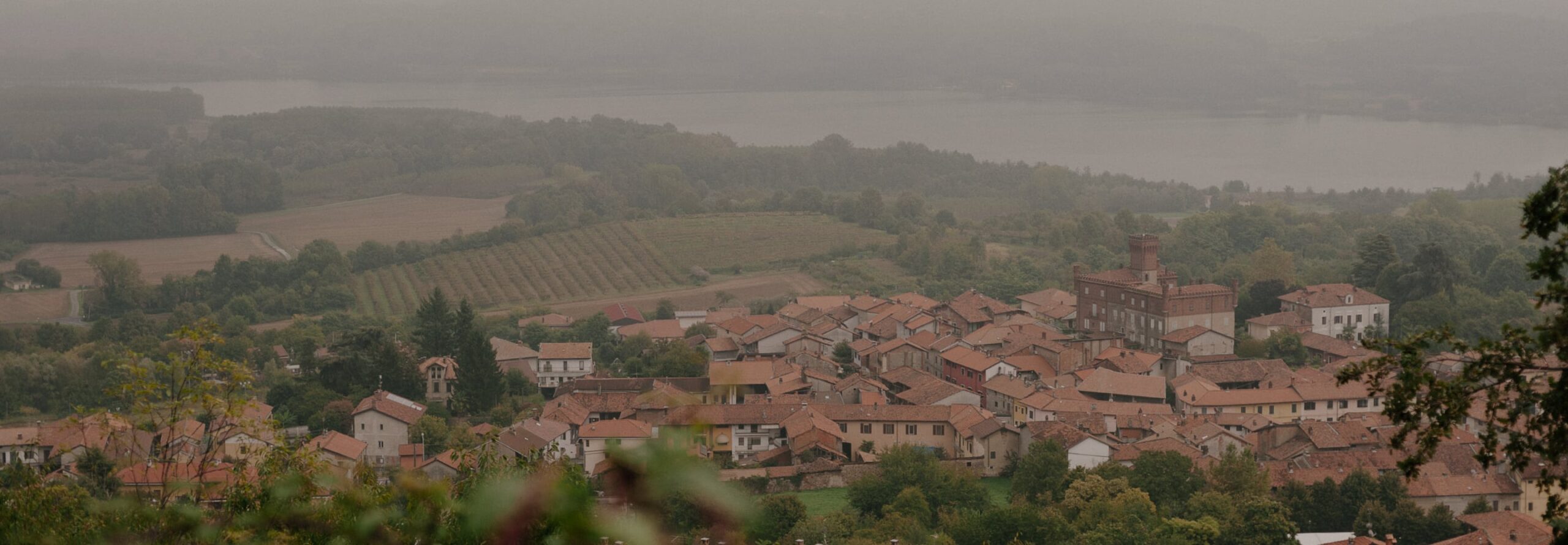Our beloved Burgundy’s immutable matrix of vineyards finds limitless expression not only through fluctuations of weather and season but through the humans who steward it. When the people behind the wines change, the wines change, as every choice from vine to bottle is informed by an active mind making decisions in the service of a unique aesthetic. Of course, the greatest of Burgundies seem to transmit the very savor of the earth, backgrounding the human influence as much as possible in service of the terroir; but allowing the land to speak in such a way involves a great degree of skill and intuition.
For an importer as dedicated to the treasures of the Côte d’Or as RWM, it is always a thrill to encounter a domaine in the midst of a positive stylistic evolution. When the Jayer-Gilles estate, founded in the 1950s, was purchased in 2017, its new owner André Hoffmann—a well-known environmentalist whose father Luc co-founded the World Wildlife Fund—set out to improve farming practices and to refine cellar practices in the service of purity and balance. The old regime’s wines, while impressive in their breadth and longevity, often showed a relatively strong hand with regard to new oak, extraction, and density. Under the guidance of the domaine’s new cellarmaster Alexandre Vernet—a dynamic young native of the Hautes Côtes de Beaune who staged with Philippe Germain in Meursault and Emmanuel Olivier in Gevrey-Chambertin—the wines have become fresher, more lifted, and more transparent to their underlying sites of origin, and we are excited to commence our partnership with the newly christened Domaine Hoffmann-Jayer.
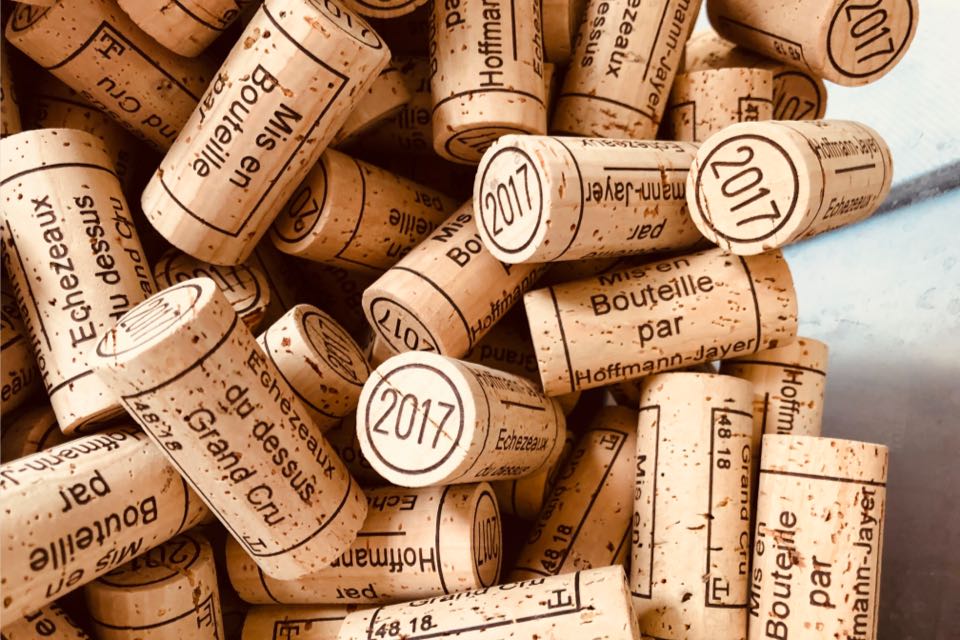
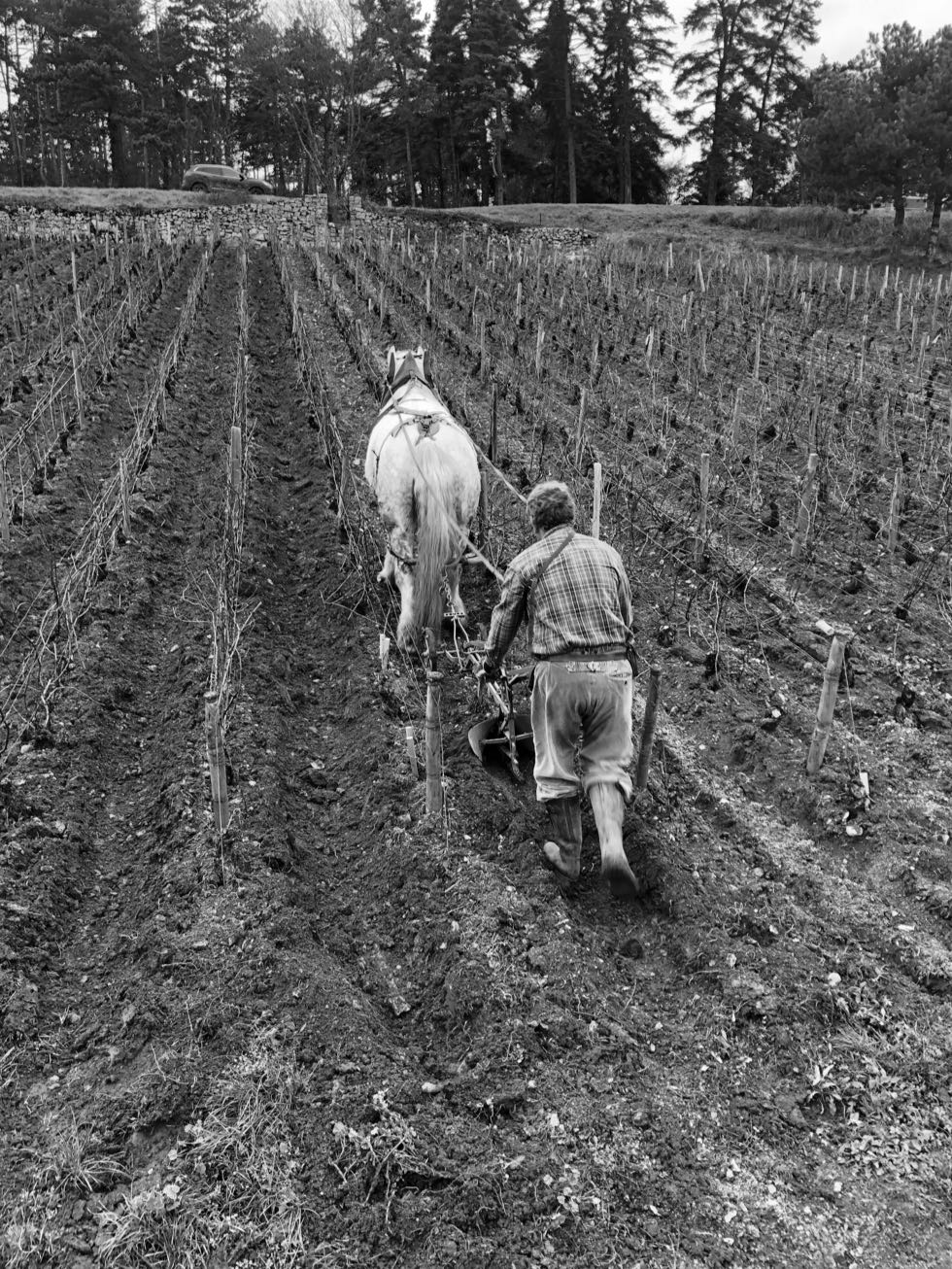
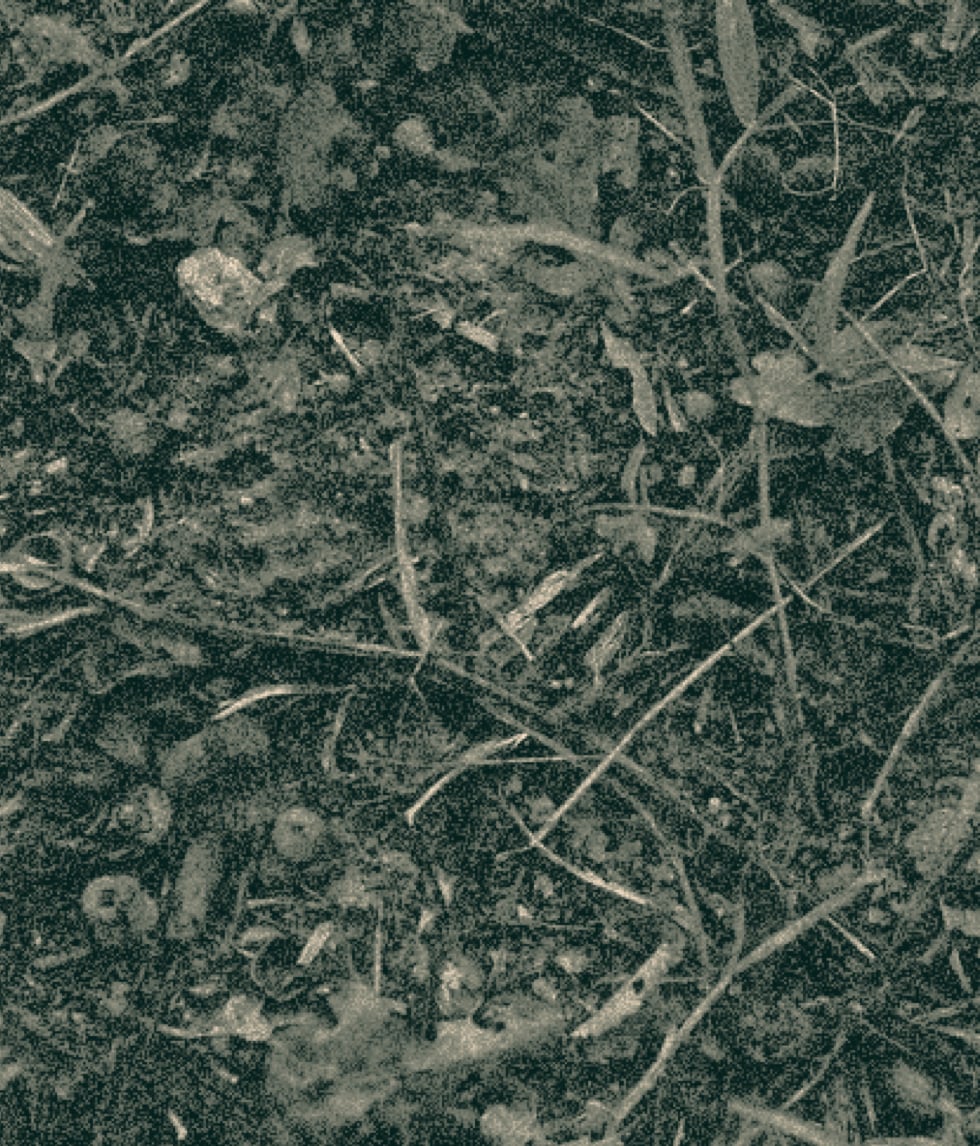
Alexandre and his team treat each parcel with equal diligence both in the vineyard and in the cellar, employing hand-harvesting across the board and eschewing the use of chemical herbicides and pesticides.
Located in the village of Magny-lès-Villers at the junction of the Hautes Côtes de Beaune and the Hautes Côtes de Nuits, Domaine Hoffmann-Jayer encompasses ten hectares spread across a wide range of appellations: Echezeaux Grand Cru, Nuits-Saint-Georges 1er Cru “Les Damodes”, Nuits-Saint-Georges “Les Hauts Poirets”, Côte de Nuits Villages, Hautes-Côtes de Nuits, and Hautes-Côtes de Beaune. Alexandre and his team treat each parcel with equal diligence both in the vineyard and in the cellar, employing hand-harvesting across the board and eschewing the use of chemical herbicides and pesticides; the domaine is in the process of organic certification, and Alexandre is beginning to experiment with biodynamics as well. This conversion of vineyard practices has already borne thrilling results, and we are eager to follow the domaine as it continues to evolve on that front.
Patience and sensitivity inform Alexandre’s cellar approach on every level. Following a ten-day cold maceration, fermentations proceed spontaneously in cement, which stabilizes and maintains temperature far better than stainless steel. Alexandre employs a judiciously considered variety of aging vessels—classic 228-liter barrels, of course, but larger 350-liter barrels, terracotta jars, and glass containers as well—to allow for maximum expressiveness from each cuvée. All wines, even the less prestigious appellations, spend two full winters in the cellar before bottling—a regimen which allows their inherent structure to emerge more fully and prevents the need for filtration, as the wines settle naturally over their 16-to-18 months of elevage. Total sulfur additions are extremely modest, hovering in the range of 45-to-50 milligrams per liter, and never applied before malolactic fermentation is complete. These are wines which deftly balance well-articulated structure with ringing, energetic fruit, allowing these old plantings to voice their underlying minerality in ways heretofore unseen.
